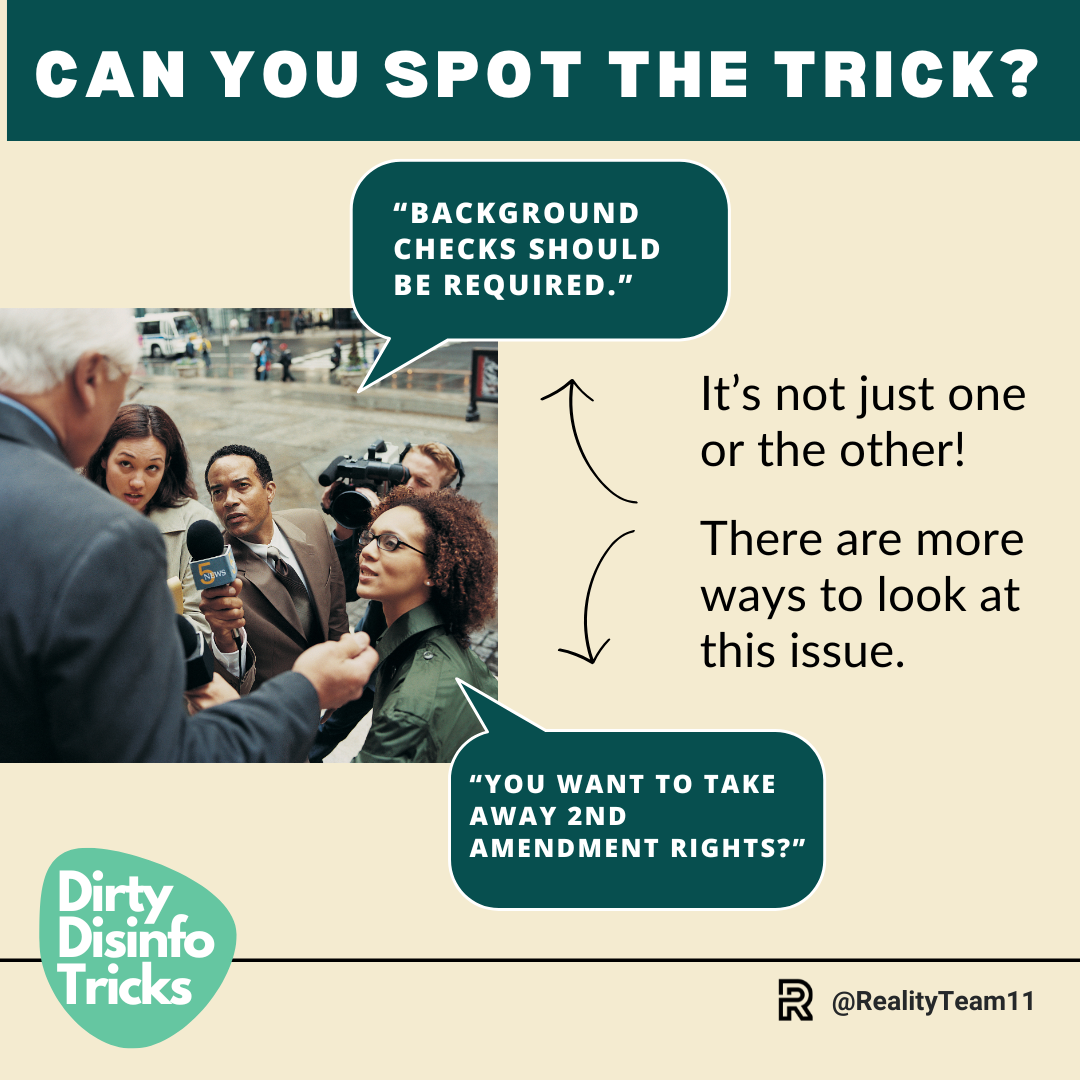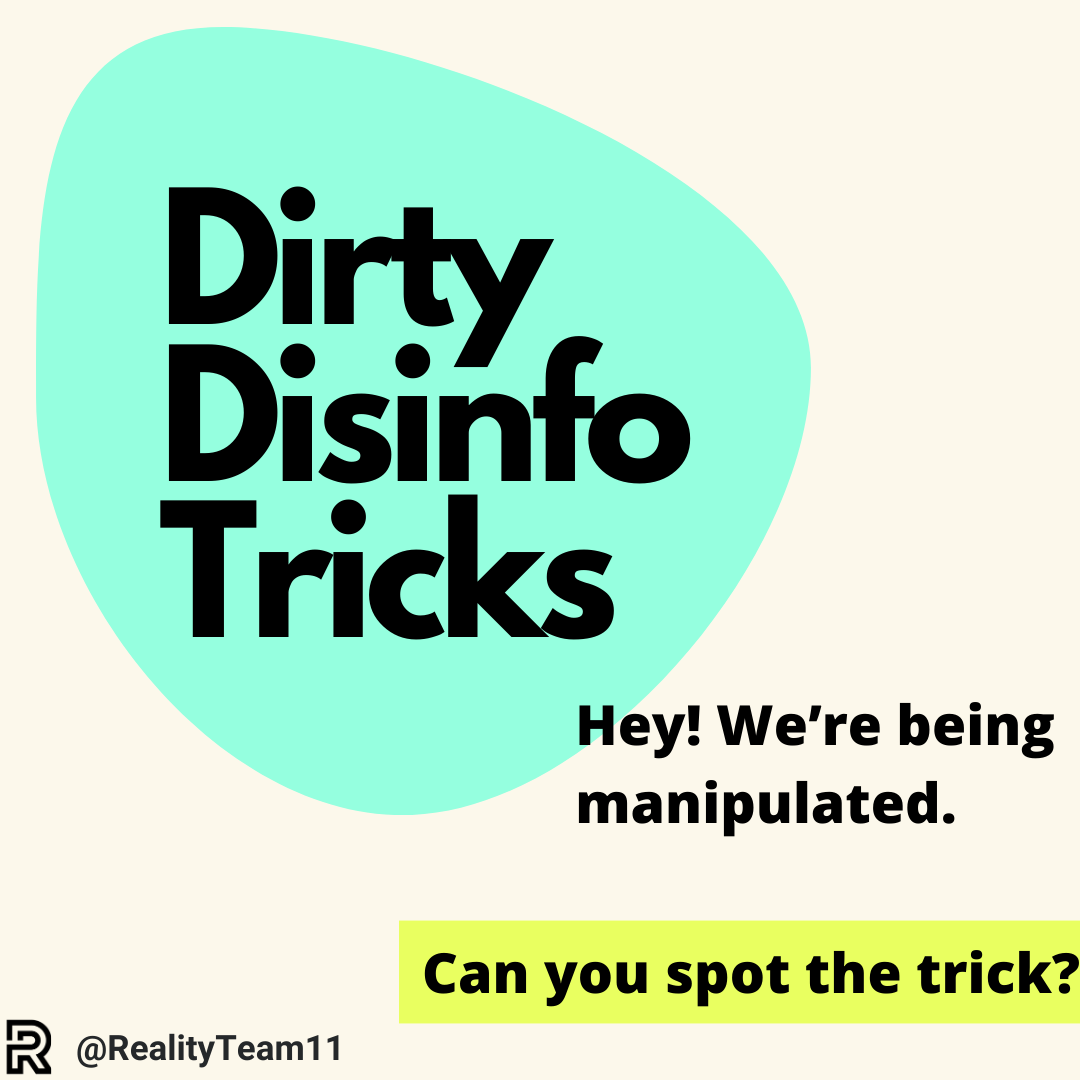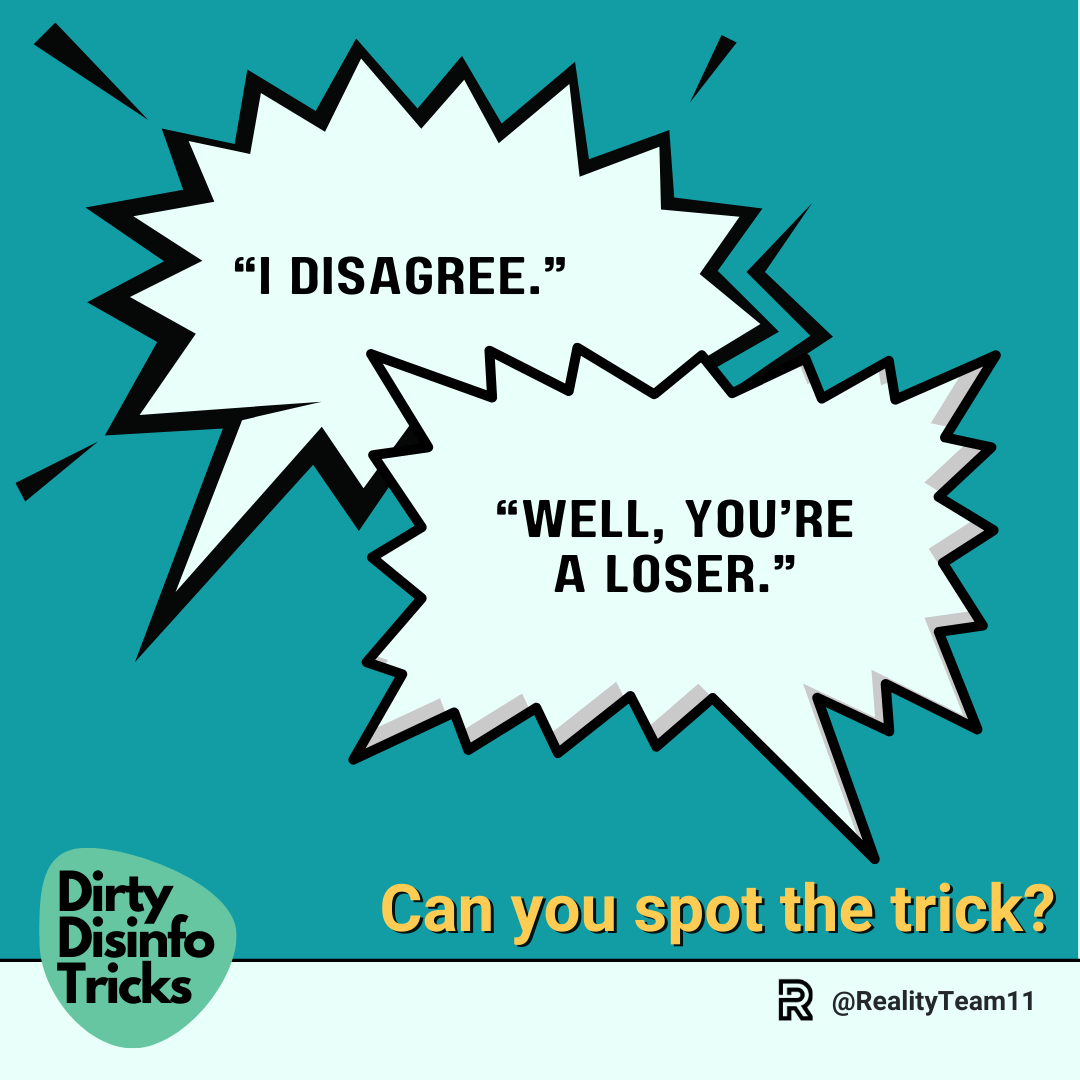Dirty Disinfo Trick: Cherry-picking
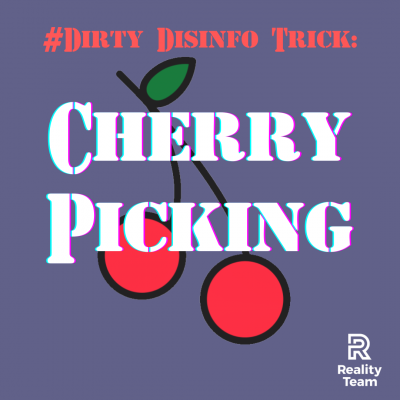
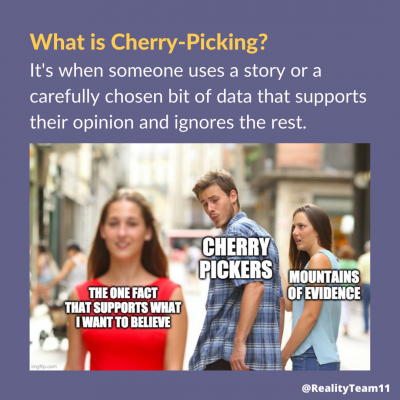
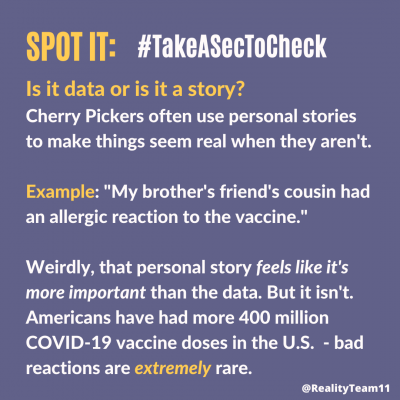
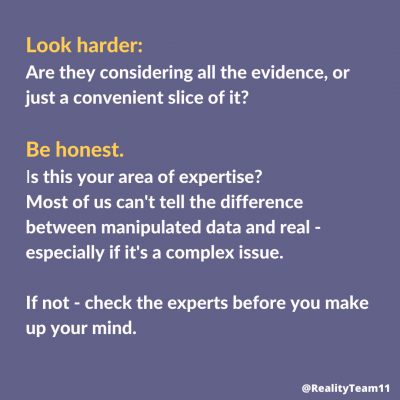

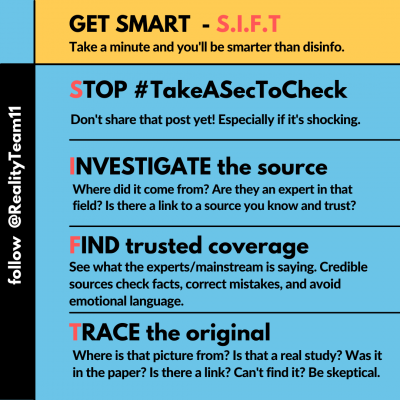
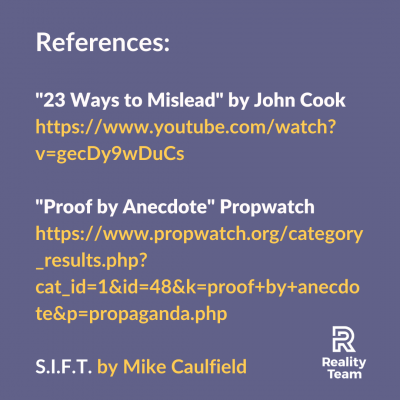
- Reality Team
- October 1, 2021
What is Cherry-Picking?
Cherry-picking is using a story or piece of data that supports your opinion and ignores everything that doesn’t.
Here are some examples:
- A story where someone survived jumping off a building, doesn’t mean that it’s safe to base jump without a parachute.
- Your grandma smoked for 60 years and died of old age – that doesn’t mean cigarettes are safe.
- One study that claims that climate change is naturally occurring, but hundreds of studies that say it’s man made.
- A few people have an allergic reaction to the vaccine out of nearly 400 million doses given in the U.S.
This technique is a TRICK – it’s an attempt to take one story, and to use it to invalidate tons of other evidence.
How do you spot it?
Are they making it personal?
Is this a personal story or a “friend of a friend” story?
I love your grandma and she tells a great story, but that’s not scientific research.
Is the source credible?
For science, a credible source:
- has been thoroughly researched and verified.
- Is transparent as to who collected the data, how the data was analyzed, if the authors had any conflicts of interest, and if the findings were peer-reviewed.
- A good study is reproducible.
For the media, a credible media source:
- A good news article names its sources, avoids bias, and aims for transparency.
- Contains up-to-date, relevant information.
- Relies on experts with credentials relevant to the topic at hand. Your dad may be a terrific lawyer, but when was the last time he cracked open a chemistry book?
Do they include good data?
Whoever’s talking may not be using numbers or facts. They may just tell you a really interesting personal story, or only tell you data that supports their theories. The story will stick with you and is easy to repeat — that’s why this trick is so nasty.
Why does cherry-picking trick us?
Intelligence has nothing to do with whether these tricks can fool you. We’re wired to think in terms of what’s memorable, not stats – so cool stories hijack our reason, fast. Disinfo spreaders know how we think, and they use it to their advantage.
What do I do if something seems suspicious? S.I.F.T
It can be hard to sort out the lies from the truth on the internet. So make sure you #TakeASecToCheck out a few things to SIFT out what’s real and what’s fake.
STOP: Don’t just share something on social media without checking to see if it’s true first. Disinfo is designed to grab your attention, make you go “HOLY CRAP,” and hit the share button without thinking. So STOP and do a quick check on any tweet, post, or article BEFORE you share.
INVESTIGATE the source: Is the person telling you something an expert in their field? Do they have good data or proof of what they’re saying? Look up the topic with a few other sources.
FIND trusted coverage: Everyone makes mistakes, but a credible source will do their best to report without bias, stick to the facts, and make sure they are telling the truth. Whenever you want to dive deep on a topic, you can always start with these sources.
TRACE to the original: Try to find the original source for any quote, clip, or picture. It could provide missing information or context. For instance if an article mentions a study as the support for what they’re saying, look the study up for yourself and see if other people have used the same study to say the same thing.
John Cook: 23 Ways to Mislead
The PropWatch Project: Proof by anecdote
University of Oregon: The SIFT Method: Evaluate Information in a Digital World (Infographic)

